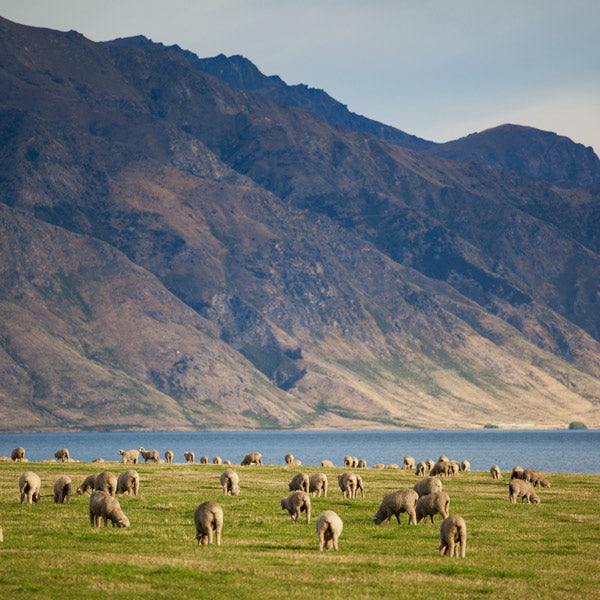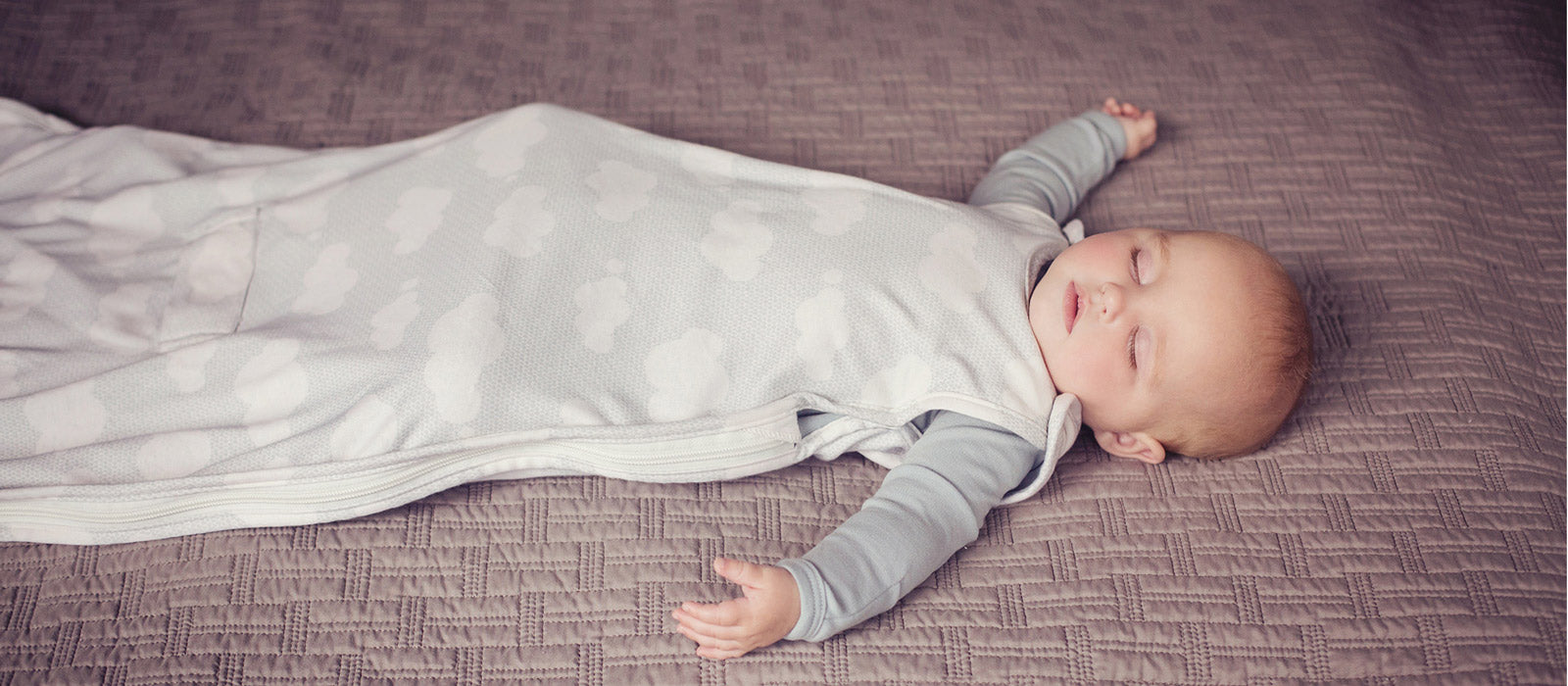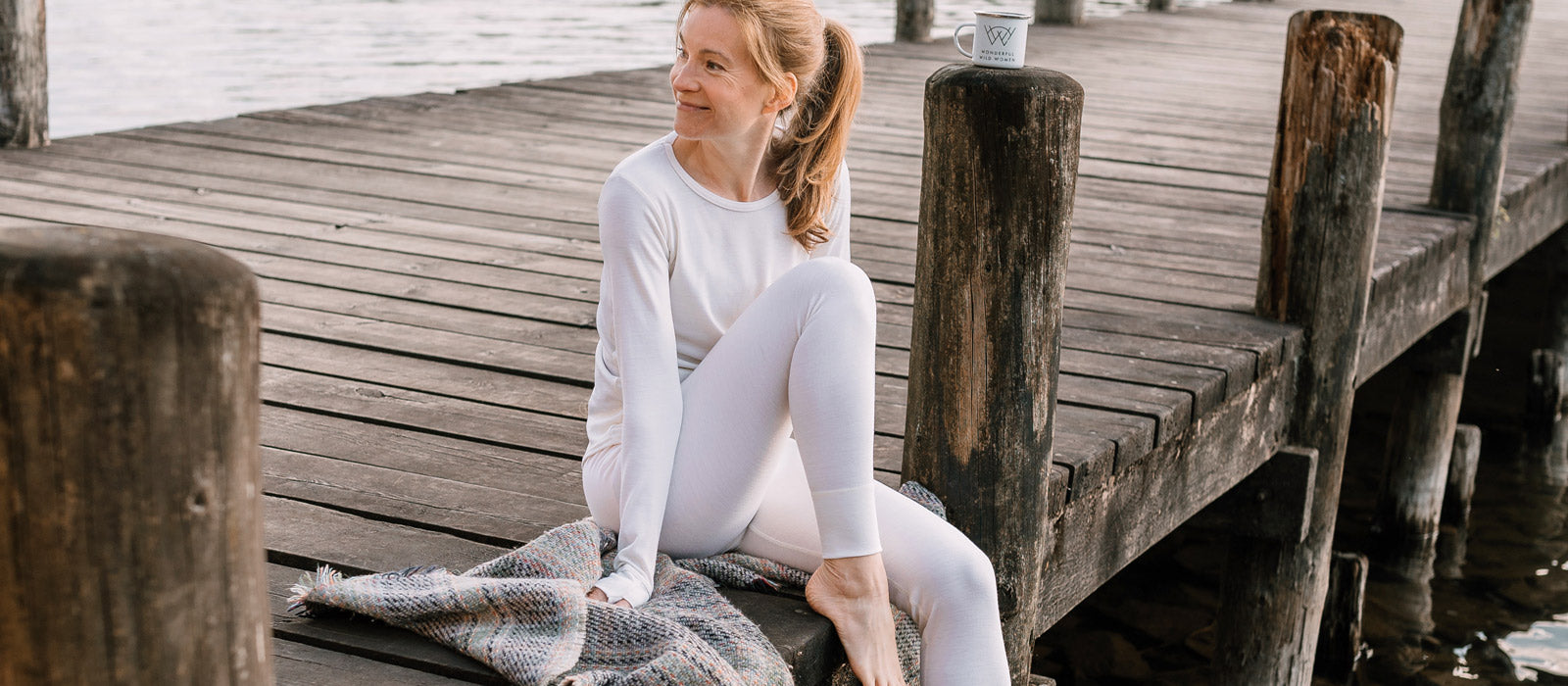Merino Wool Research
In an overhyped world where 'greenwashing' is everywhere, things can seem too good to be true. Happily that is not the case with Superlove Merino wool, the many unique and remarkable properties of merino are backed up by a wealth of solid scientific evidence; and equally well documented thanks to the numerous universities, medical and scientific institutes that conduct formal research into this natural super fibre.
|
Merino wool... |
Source(s) |
| Improves sleep in infants |
|
| Insulates and regulates temperature |
|
|
Is soft, hypoallergenic & helps with sensitivities & eczema
|
|
| Is highly breathable and manages moisture |
|
| Is antibacterial and odour Inhibiting |
|
| Is a natural fire retardant & has an UPF Factor of 30-50+ |
|















